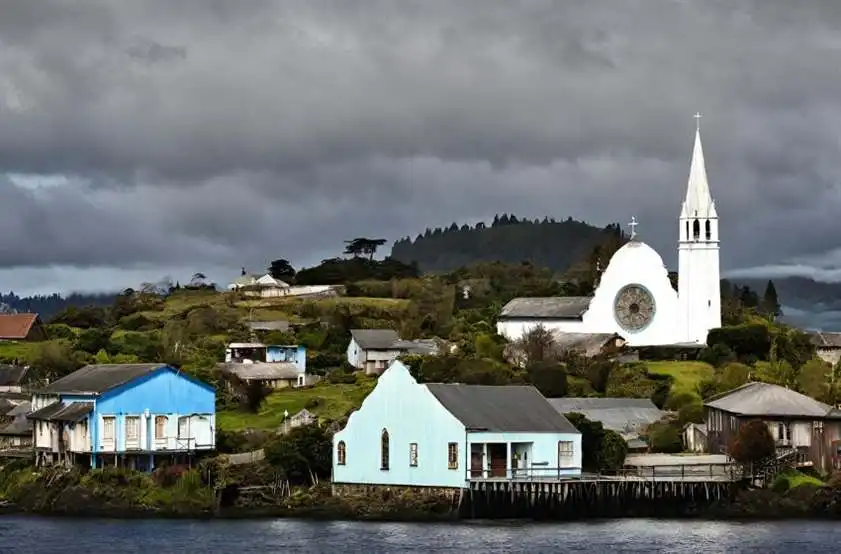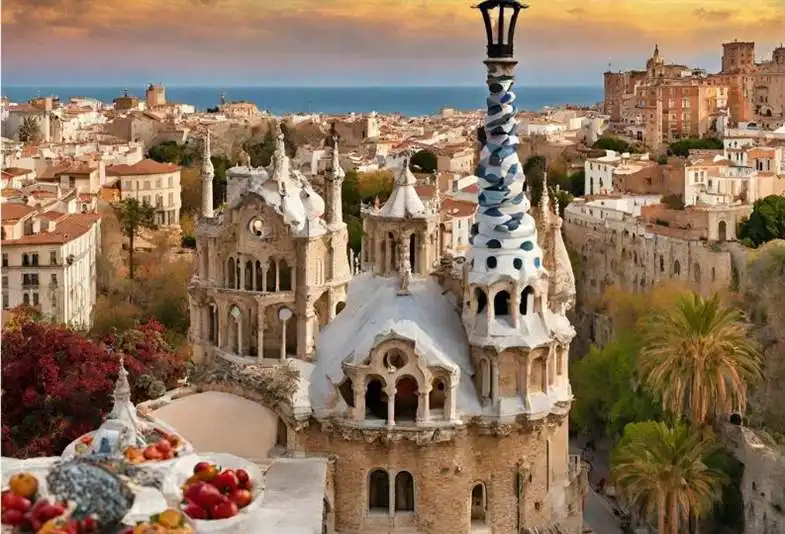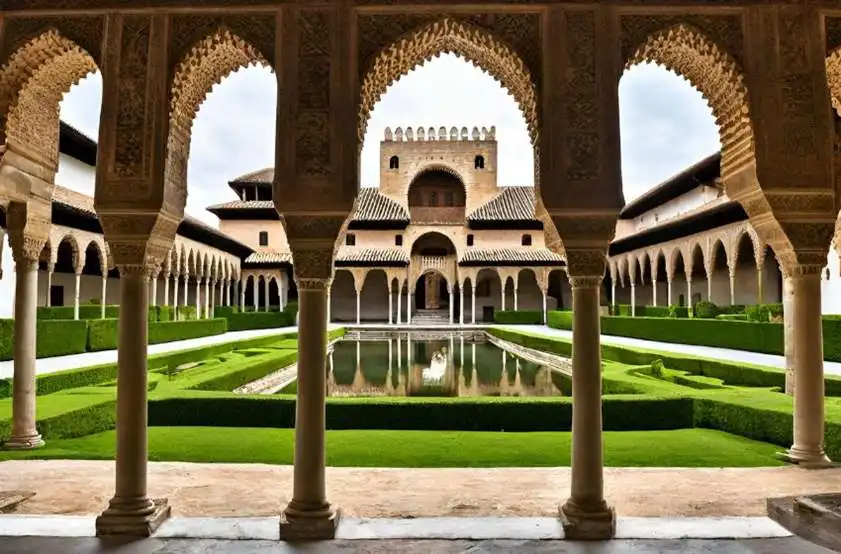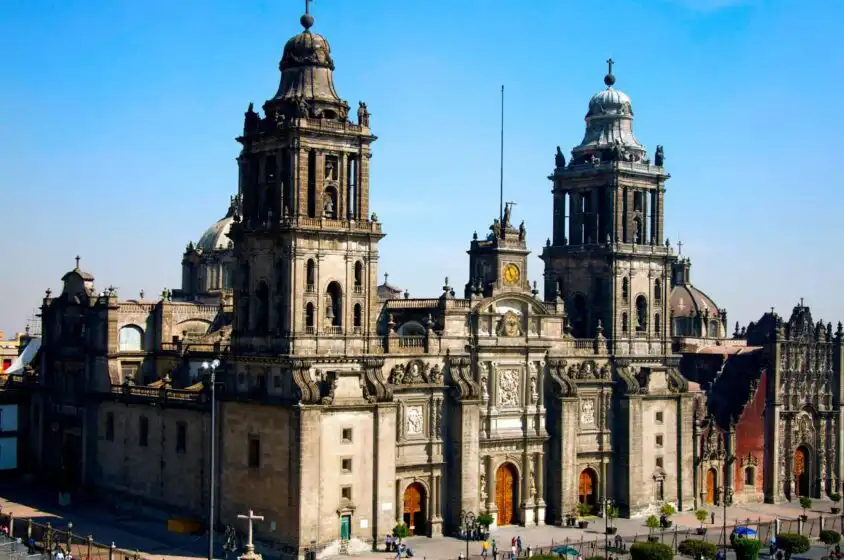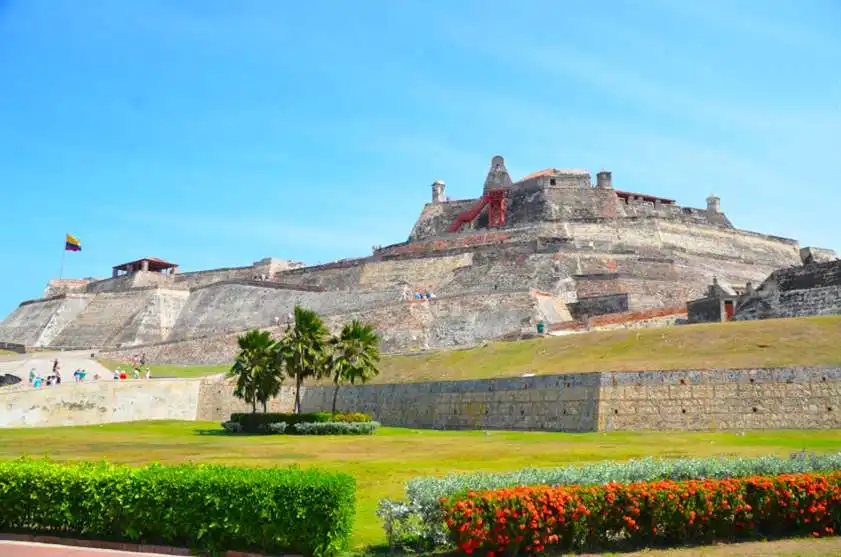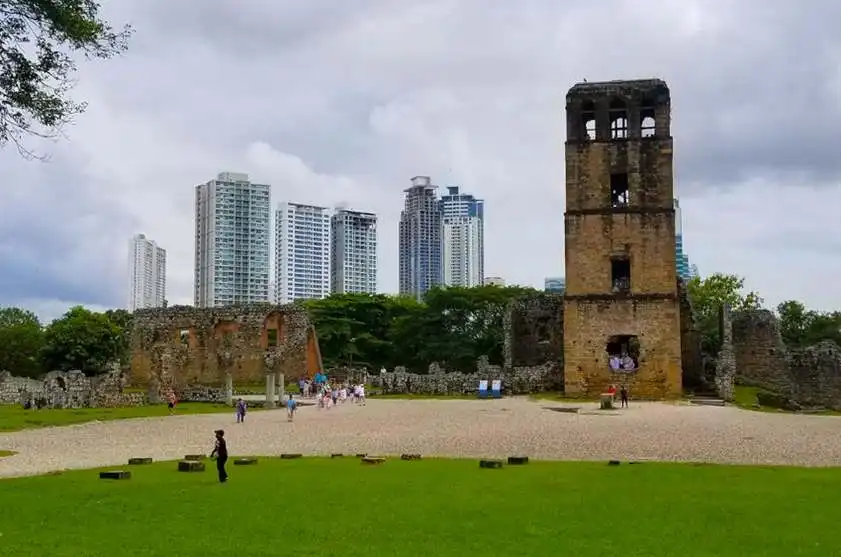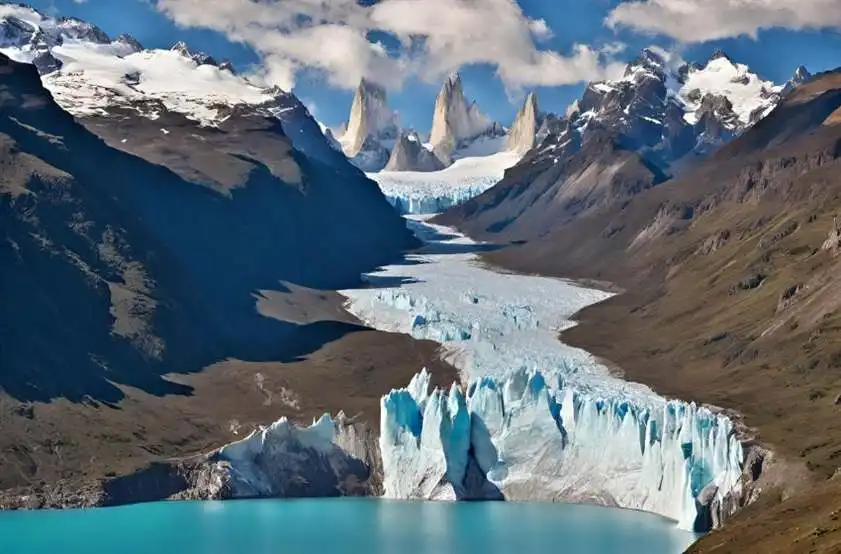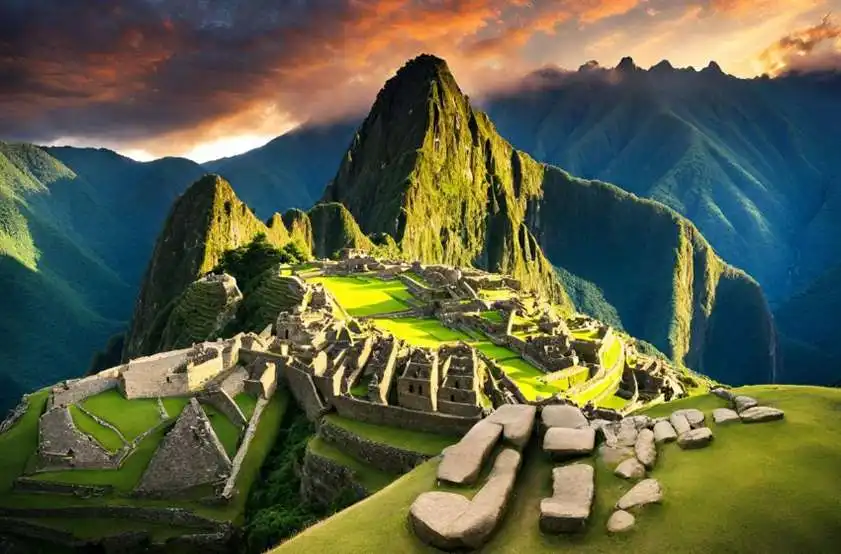Chile has several UNESCO World Heritage Sites that represent the country’s cultural and natural diversity. Please note that new sites may have been added or changes may have occurred since then. Here is a comprehensive list of UNESCO World Heritage Sites in Chile, along with brief explanations of their significance:
Rapa Nui National Park (1995)
Rapa Nui National Park, located on Easter Island, is famous for its monumental stone statues known as moai. These statues, created by the Rapa Nui people, reflect a unique cultural and artistic tradition. The site also includes archaeological features, rock art, and ceremonial platforms.
Churches of Chiloé (2000)
The Churches of Chiloé are a group of wooden churches built in the 18th and 19th centuries. The churches showcase a blend of European and indigenous architectural styles and craftsmanship. They are significant for their cultural and historical importance in the region.
Historic Quarter of the Seaport City of Valparaíso (2003)
Valparaíso, a port city, features a historic quarter with a unique urban layout and architecture. The site reflects the cultural and architectural influences of various immigrant communities. Valparaíso served as a major commercial and naval center in the 19th century.
Humberstone and Santa Laura Saltpeter Works (2005)
The Humberstone and Santa Laura Saltpeter Works are industrial archaeological sites representing the nitrate industry in the Atacama Desert. The sites include urban structures, infrastructure, and facilities that were part of the nitrate extraction and processing industry in the early 20th century.
Qhapaq Ñan, Andean Road System (2014)
The Qhapaq Ñan, or Andean Road System, is a network of ancient roads that connected various regions of the Inca Empire. The Chilean section of the Qhapaq Ñan represents a historic route used for communication, trade, and cultural exchange.
Sewell Mining Town (2006)
Sewell is an abandoned mining town in the Andes that was established to support the operations of the Braden Copper Co. The town represents an early 20th-century company town with unique architecture, urban planning, and social features related to the mining industry.
Chilean Wooden Churches of the Southern Area (2016)
This site includes a group of wooden churches in the southern regions of Chile. The churches, built by Jesuit and Franciscan missions, showcase a combination of European and indigenous architectural styles and craftsmanship.
The Frank Lloyd Wright-Curtis Besinger House (2019)
The Frank Lloyd Wright-Curtis Besinger House, located in the city of Santiago, is an example of Frank Lloyd Wright’s architectural style. The house represents Wright’s influence on modern architecture and design.
Conclusion:
Chile’s UNESCO World Heritage Sites reflect the country’s cultural, historical, and industrial heritage. From the mysterious moai of Easter Island to the wooden churches of Chiloé and the industrial remnants of the nitrate era, these sites contribute to the global understanding of human history and cultural diversity. UNESCO recognition underscores the importance of preserving these sites and promoting sustainable practices to ensure their protection for future generations.
More information and reviews:
.- Official page Chile: UNESCO World Heritage Sites Link here.
.- wikipedia.org -Chile: UNESCO World Heritage Sites Link here.
.- Youtube.com – Chile: UNESCO World Heritage Sites Link here.
.- Feature Imagen by Canva Link here.

